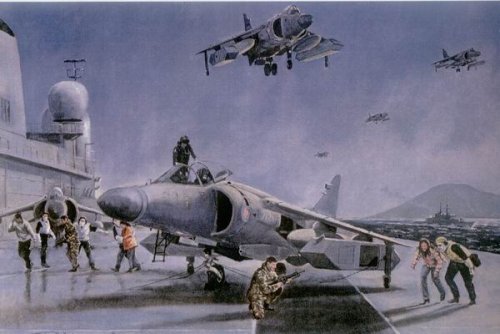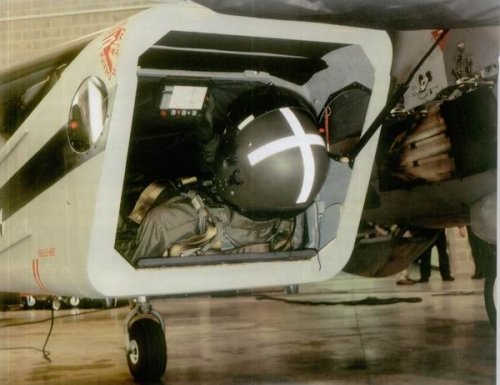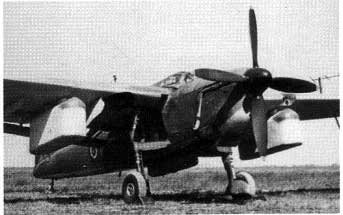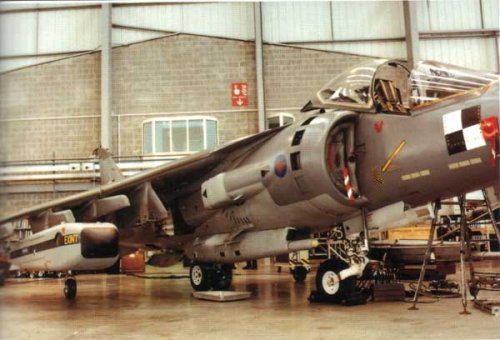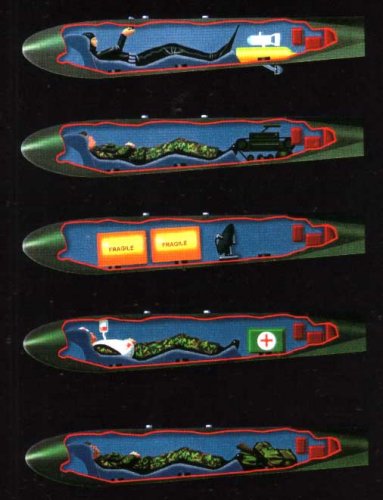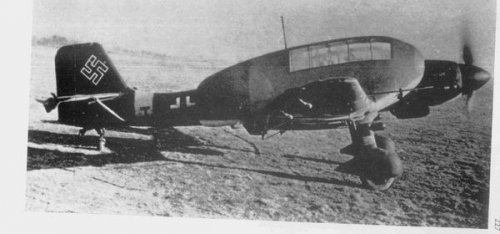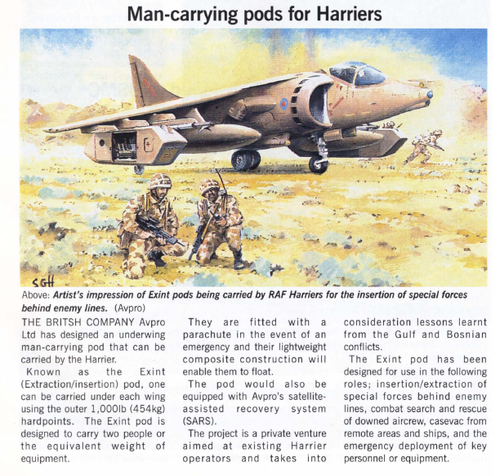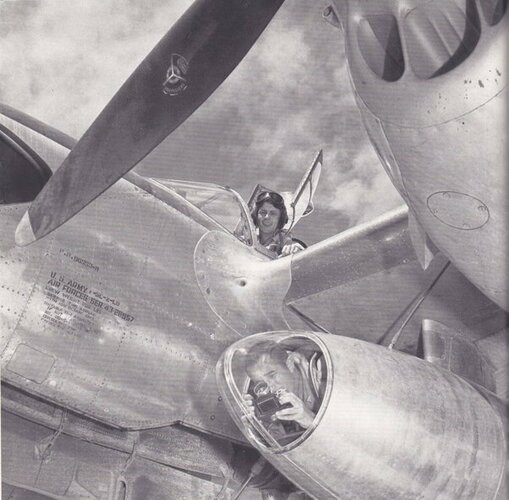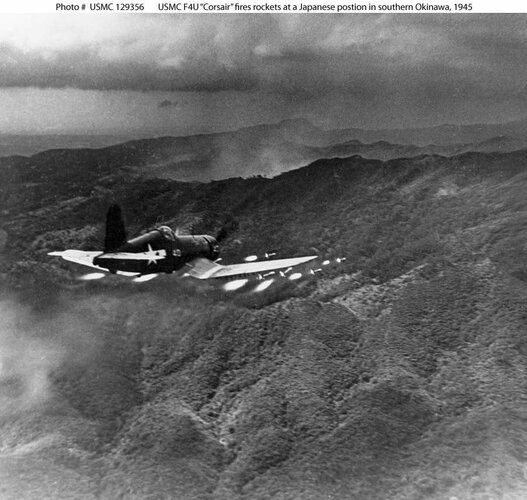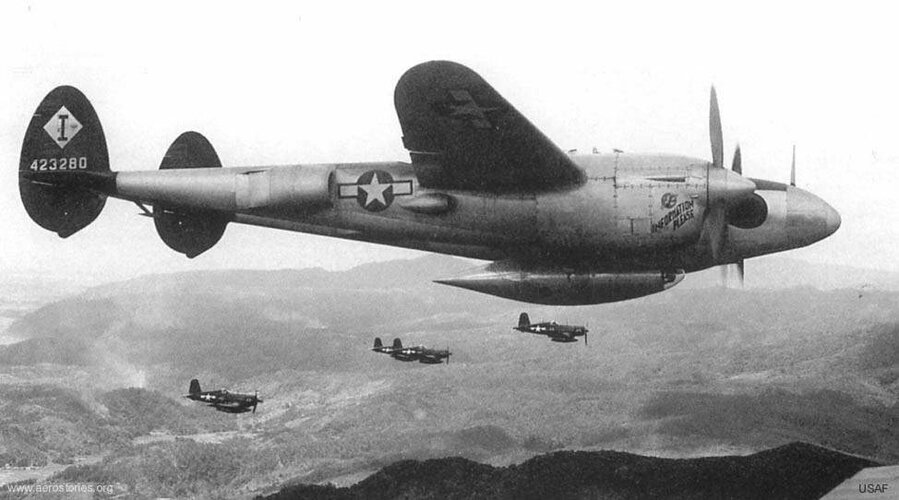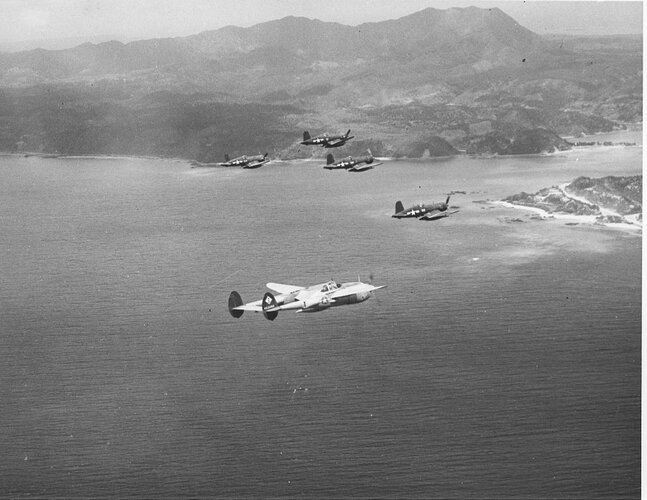You are using an out of date browser. It may not display this or other websites correctly.
You should upgrade or use an alternative browser.
You should upgrade or use an alternative browser.
G.R.I.E.R. pods: Ground Resupply Insertion Extraction Rescue pods for VTOL
- Thread starter carolm
- Start date
- Joined
- 21 December 2006
- Messages
- 1,243
- Reaction score
- 1,095
There are some model pics of a GRIER pod on a Harrier II and JSF at:
http://www.combatreform2.com/escape.htm (about 3/4 of the way down - lots of related info too)
The related AVPRO pod can be seen at:
http://www.flightglobal.com/articles/1998/09/23/43106/uk-test-fits-avpro-exint-pod-on-harrier.html
According to:
http://www.flightglobal.com/articles/2000/01/25/61133/exint-cleared-for-ah-64-as-production-starts.html
it was cleared for the UK Apache and put into production, but recent events would sem to indicate otherwise.
Sorry, no artwork I can find for either, but someone must have the AVPRO book to scan.
On a Harrier the noise intensity would have been a challenge. The Pegasus engine gives of 165-170dB close up. Above 140dB nausea can be overwhelming. Above 160dB human hair can combust!
http://www.combatreform2.com/escape.htm (about 3/4 of the way down - lots of related info too)
The related AVPRO pod can be seen at:
http://www.flightglobal.com/articles/1998/09/23/43106/uk-test-fits-avpro-exint-pod-on-harrier.html
According to:
http://www.flightglobal.com/articles/2000/01/25/61133/exint-cleared-for-ah-64-as-production-starts.html
it was cleared for the UK Apache and put into production, but recent events would sem to indicate otherwise.
Sorry, no artwork I can find for either, but someone must have the AVPRO book to scan.
On a Harrier the noise intensity would have been a challenge. The Pegasus engine gives of 165-170dB close up. Above 140dB nausea can be overwhelming. Above 160dB human hair can combust!
- Joined
- 11 March 2006
- Messages
- 8,625
- Reaction score
- 3,804
Here are two pictures of the Avpro EXINT pod.
(from Oliver/Ryan "Warplanes Of The Future")
The idea seems to be logical, but regarding the
mentioned noise levels, maybe it's one of the ideas,
some people are glad, that they were never realised ..
(from Oliver/Ryan "Warplanes Of The Future")
The idea seems to be logical, but regarding the
mentioned noise levels, maybe it's one of the ideas,
some people are glad, that they were never realised ..
Attachments
- Joined
- 21 December 2006
- Messages
- 1,243
- Reaction score
- 1,095
Yep, thanks!
However, I am only too aware of my own ignorance in relation to many others.
Another very good thing about this forum is that no one resorts to the name calling and petty squabbling on other forums.
However, I am only too aware of my own ignorance in relation to many others.
Another very good thing about this forum is that no one resorts to the name calling and petty squabbling on other forums.
- Joined
- 14 June 2006
- Messages
- 2,300
- Reaction score
- 561
That's why we are "the" forum...Another very good thing about this forum is that no one resorts to the name calling and petty squabbling on other forums.
- Joined
- 21 December 2006
- Messages
- 1,243
- Reaction score
- 1,095
The AVPRO pic above showing the SHAR with pods on the outer pylons, with the tanks between them and the nozzles, would have reduced the noise problem. However, the control problems would have been interesting - just adding AMRAAM required changed wing 'dressing' details and twin AMRAAM were too destabilising for one pylon.
I think helicopters are better for some things, although these chaps may have some more significant thoughts on the matter:
http://www.mod.uk/NR/rdonlyres/747E1F3D-B1B6-4412-9D58-79A2F5825C78/0/ApacheRescue06.jpg
I think helicopters are better for some things, although these chaps may have some more significant thoughts on the matter:
http://www.mod.uk/NR/rdonlyres/747E1F3D-B1B6-4412-9D58-79A2F5825C78/0/ApacheRescue06.jpg
A few pics that might be of interest: Fairy Barracuda with underwing 'panniers', Harrier with a mock-up AVPRO Exint pod, and an AVPRO diagram showing possible uses for such a pod.
Attachments
- Joined
- 11 March 2006
- Messages
- 8,625
- Reaction score
- 3,804
- Joined
- 11 March 2006
- Messages
- 8,625
- Reaction score
- 3,804
"You think the vertical delivery was more comfortable?"
Point landing is a point landing, only drawback would have been,
that the "passengers" would have to digg themselves out of the
crater !
Point landing is a point landing, only drawback would have been,
that the "passengers" would have to digg themselves out of the
crater !
I have heard there was a proposal to fit the Harrier with 2 under wing pods that could insert and extract covert troops. I have found a brief description of the program here:
http://www.harrier.org.uk/history/Harrier_Testing.htm
"We’ve seen a scheme published recently whereby Special Forces, downed aircrew etc. may be inserted or recovered in pods under a Harrier pylon "
Does anyone have more information on the scheme?
http://www.harrier.org.uk/history/Harrier_Testing.htm
"We’ve seen a scheme published recently whereby Special Forces, downed aircrew etc. may be inserted or recovered in pods under a Harrier pylon "
Does anyone have more information on the scheme?
- Joined
- 18 October 2006
- Messages
- 4,211
- Reaction score
- 4,919
erod said:I have heard there was a proposal to fit the Harrier with 2 under wing pods that could insert and extract covert troops.
No offense, but a Harrier landing VTOL is the antithesis of "covert"
- Joined
- 11 March 2006
- Messages
- 8,625
- Reaction score
- 3,804
http://www.secretprojects.co.uk/forum/index.php/topic,1476.0/highlight,avpro+ex.html
Would there have been safety pins, similar to those for ejection seats, to prevent an unintended
drop ? ;D
Would there have been safety pins, similar to those for ejection seats, to prevent an unintended
drop ? ;D
- Joined
- 11 March 2006
- Messages
- 8,625
- Reaction score
- 3,804
I've read, that during winter in russia, this was quite a common method for
paratroopers in WW II, to jump out from an extremely low flying Li-2 or TB-3
into the deep snow. "Due to the excellent training of the soviet troops, this
was seen as an acceptable method, giving much less warning and time to react
to the fascist enemy". That, or very similar was the text, IIRC.
Well, maybe the book was a little bit biased ...
paratroopers in WW II, to jump out from an extremely low flying Li-2 or TB-3
into the deep snow. "Due to the excellent training of the soviet troops, this
was seen as an acceptable method, giving much less warning and time to react
to the fascist enemy". That, or very similar was the text, IIRC.
Well, maybe the book was a little bit biased ...
XP67_Moonbat
ACCESS: Top Secret
- Joined
- 16 January 2008
- Messages
- 2,271
- Reaction score
- 543
Popular Mechanics had a mention of the GRIER pod in its Sept. 1994 edition, in the Tech Update section.
not much of an sensational contribution , but ı have long wondered if this was really possible .I had seen it a comic series , maybe named Bob Morane , where some mercenaries jumped into rice paddies if it is the word , or some small lakes from a low flying aircraft .
- Joined
- 9 October 2009
- Messages
- 21,973
- Reaction score
- 13,623
- Joined
- 9 October 2009
- Messages
- 21,973
- Reaction score
- 13,623
From the AvPro Projects thread, what seems to be a variant or spin-off of the concept for NASA (h/t dragon72):

As well as some artwork of the main concept:








And what seems to have been another variant; a pod designed for the emergency evacuation of civilians from disaster areas/trouble spots:

As well as some artwork of the main concept:
And what seems to have been another variant; a pod designed for the emergency evacuation of civilians from disaster areas/trouble spots:
- Joined
- 11 March 2006
- Messages
- 8,625
- Reaction score
- 3,804
Didn't notice that back then, but even now, I don't really understand, what it is used
for here. The pod obviously has flotation bags and is labelled "NASA". The guy in the
foreground is wearing a flight suite and the aircraft above seems more to be in real
problems, than just using its reheat. But was using that pod as a means of a rescue
device (in flight) ever mentioned ? And how should the crew board them in flight ?
A pity, that we cannot ask AvPro anymore !
for here. The pod obviously has flotation bags and is labelled "NASA". The guy in the
foreground is wearing a flight suite and the aircraft above seems more to be in real
problems, than just using its reheat. But was using that pod as a means of a rescue
device (in flight) ever mentioned ? And how should the crew board them in flight ?
A pity, that we cannot ask AvPro anymore !
- Joined
- 11 March 2012
- Messages
- 3,249
- Reaction score
- 3,179
There was a similar proposal to hang crew pods from AH-64 Apache attack helicopters. That proposal never got beyond mock up stage.
In practice, Israelis sat evacuees on Apache stub wings and wrapped seat-belts around for the 1 or 2 kilometre flight out of rifle range.
British Apaches used this same technique once or twice in Afghanistan to evacuate wounded from battles. They only carried evacuees to the nearest ground ambulance. See the book "Wearing the Green Beret" by a Canadian-born Royal Marine who fought in Southern Afghanistan.
I also vaguely remember a photo of a modified drop tank hanging from a P-38 Lightning (?). A USAF mechanic smiled through the Plexiglas nose cap. The modification primarily included a clear Plexiglas nose cap. Considering the graceful curves,the Plexiglas cap was probably molded in a state-side factory.
In practice, Israelis sat evacuees on Apache stub wings and wrapped seat-belts around for the 1 or 2 kilometre flight out of rifle range.
British Apaches used this same technique once or twice in Afghanistan to evacuate wounded from battles. They only carried evacuees to the nearest ground ambulance. See the book "Wearing the Green Beret" by a Canadian-born Royal Marine who fought in Southern Afghanistan.
I also vaguely remember a photo of a modified drop tank hanging from a P-38 Lightning (?). A USAF mechanic smiled through the Plexiglas nose cap. The modification primarily included a clear Plexiglas nose cap. Considering the graceful curves,the Plexiglas cap was probably molded in a state-side factory.
Last edited:
There was a similar proposal to hang crew pods from AH-64 Apache attack helicopters. That proposal never got beyond mock up stage.
In practice, Israelis sat evacuees on
Apache stub wings and wrapped seat-belts around for the 1 or 2 kilometre flight out of rifle range.
British Apaches used this same technique once or twice in Afghanistan to evacuate wounded from battles. They only carried evacuees to the nearest ground ambulance. See the book "Wearing the Green Beret" by a Canadian-born Royal Marine who fought in Southern Afghanistan.
I also vaguely remember a photo of a modified drop tank hanging from a P-38 Lightning (?). A USAF mechanic smiled through the Plexiglas nose cap. The modification primarily included a clear Plexiglas nose cap. Considering the graceful curves,the Plexiglas cap was probably molded in a state-side factory.
I remember reading that the P-38 pod was used to carry a photographer who photographed an F4U strike on Okinawa.
BlackBat242
OK, I changed my personal text ;)
- Joined
- 10 April 2013
- Messages
- 1,474
- Reaction score
- 4,282
Must not have been any F-4 (photo-recon P-38E/F, 119 built) or F-5 (P-38G/J, 1,209 built) available.There was a similar proposal to hang crew pods from AH-64 Apache attack helicopters. That proposal never got beyond mock up stage.
In practice, Israelis sat evacuees on
Apache stub wings and wrapped seat-belts around for the 1 or 2 kilometre flight out of rifle range.
British Apaches used this same technique once or twice in Afghanistan to evacuate wounded from battles. They only carried evacuees to the nearest ground ambulance. See the book "Wearing the Green Beret" by a Canadian-born Royal Marine who fought in Southern Afghanistan.
I also vaguely remember a photo of a modified drop tank hanging from a P-38 Lightning (?). A USAF mechanic smiled through the Plexiglas nose cap. The modification primarily included a clear Plexiglas nose cap. Considering the graceful curves,the Plexiglas cap was probably molded in a state-side factory.
I remember reading that the P-38 pod was used to carry a photographer who photographed an F4U strike on Okinawa.
F-4s:
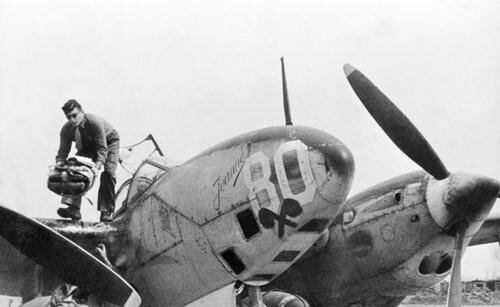
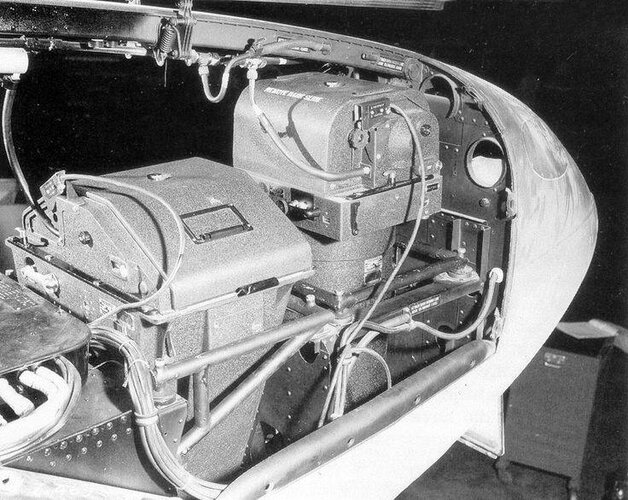
F-5s:
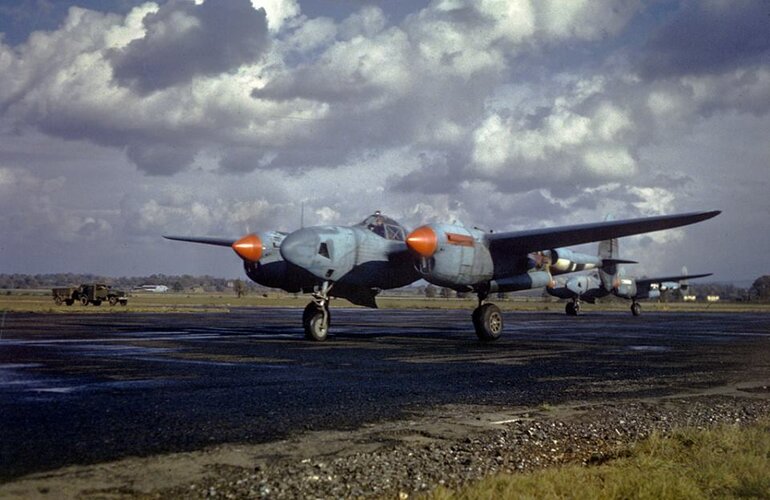
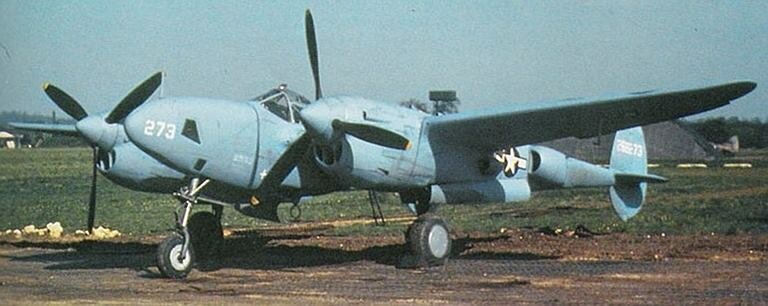
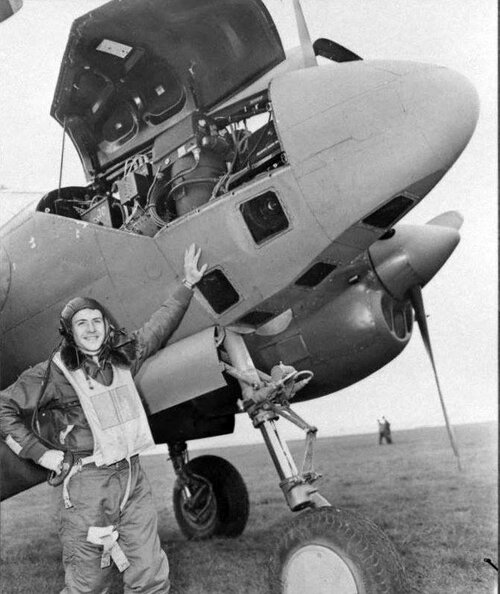
BlackBat242
OK, I changed my personal text ;)
- Joined
- 10 April 2013
- Messages
- 1,474
- Reaction score
- 4,282
There was a similar proposal to hang crew pods from AH-64 Apache attack helicopters. That proposal never got beyond mock up stage.
In practice, Israelis sat evacuees on
Apache stub wings and wrapped seat-belts around for the 1 or 2 kilometre flight out of rifle range.
British Apaches used this same technique once or twice in Afghanistan to evacuate wounded from battles. They only carried evacuees to the nearest ground ambulance. See the book "Wearing the Green Beret" by a Canadian-born Royal Marine who fought in Southern Afghanistan.
I also vaguely remember a photo of a modified drop tank hanging from a P-38 Lightning (?). A USAF mechanic smiled through the Plexiglas nose cap. The modification primarily included a clear Plexiglas nose cap. Considering the graceful curves,the Plexiglas cap was probably molded in a state-side factory.
Here, personnel pods hung from a F-5 recon Lightning:
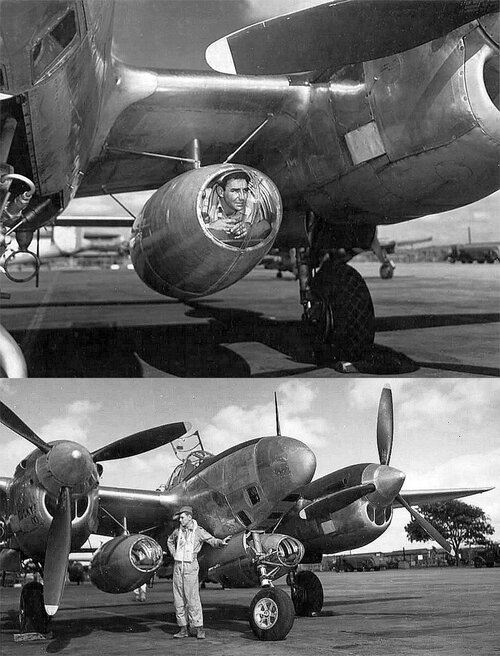

Remembering War Photographer David Douglas Duncan
Duncan, who died at 102, was a Marine officer and combat photographer during World War II. Later he photographed the wars in Korea and Vietnam. Originally broadcast in 1990.
"David Douglas Duncan, one of America's most renowned war photographers, died last week in France at the age of 102. Duncan was a Marine officer and combat photographer during World War II where he shot photos of the U.S. assault on Okinawa while suspended in an acrylic tank under the wing of a P-38 fighter plane."
It was, in fact, clearly an F-5, not a P-38. It served as a camera ship so that Duncan could photograph an F4U strike:
Photos found at various places on the web, but I believe that all or most come ultimately from www.history.navy.mil
Attachments
- Joined
- 25 January 2020
- Messages
- 1,279
- Reaction score
- 1,952
Just a theory, but it could be that the Harrier was used to its range and speed, as well as the possibility that it could be used to provide an element of air support. If troops were landed, they would have likely landed some distance away from the target and made their way to the target on foot.erod said:I have heard there was a proposal to fit the Harrier with 2 under wing pods that could insert and extract covert troops.
No offense, but a Harrier landing VTOL is the antithesis of "covert"
- Joined
- 18 October 2006
- Messages
- 4,211
- Reaction score
- 4,919
A fair point. However, the Harrier would have to land on (semi)prepared surfaces due to the velocity of the jet stream. This means a higher likelihood of being seen. In this day and age that means we would all be seeing it 5 minutes later on TicTok or Twitter.Just a theory, but it could be that the Harrier was used to its range and speed, as well as the possibility that it could be used to provide an element of air support. If troops were landed, they would have likely landed some distance away from the target and made their way to the target on foot.erod said:I have heard there was a proposal to fit the Harrier with 2 under wing pods that could insert and extract covert troops.
No offense, but a Harrier landing VTOL is the antithesis of "covert"
Also it would take 4 Harrier (assuming 4 pods per) to put a viable commando team into play.
Doable for sure. Practical not so sure.
- Joined
- 11 March 2012
- Messages
- 3,249
- Reaction score
- 3,179
The size of the commando team depends upon the mission. A typical sniper/observer team starts at 2, but adds extra men as the duration of the mission extends. At a minimum, an observation team - on a 24 hour over-watch - needs one man on the rifle, one man on the scope and one man taking a nap. Adding extra men to watch their back-trail also increases their signature and re-supply demands.A fair point. However, the Harrier would have to land on (semi)prepared surfaces due to the velocity of the jet stream. This means a higher likelihood of being seen. In this day and age that means we would all be seeing it 5 minutes later on TicTok or Twitter.Just a theory, but it could be that the Harrier was used to its range and speed, as well as the possibility that it could be used to provide an element of air support. If troops were landed, they would have likely landed some distance away from the target and made their way to the target on foot.erod said:I have heard there was a proposal to fit the Harrier with 2 under wing pods that could insert and extract covert troops.
No offense, but a Harrier landing VTOL is the antithesis of "covert"
Also it would take 4 Harrier (assuming 4 pods per) to put a viable commando team into play.
Doable for sure. Practical not so sure.
- Joined
- 18 October 2006
- Messages
- 4,211
- Reaction score
- 4,919
True, but surely there are less noisy ways to insert a reconnaissance team that one would assume would prefer not to be noticed or heard on the insert. I would think that a HALO insert from 30k ft/m with a wingman suit would get you nearly as far without the noise associated with a Harrier. But, since the point is that a Harrier could put a small team into a start point for a mission, I agree it could be done.The size of the commando team depends upon the mission. A typical sniper/observer team starts at 2, but adds extra men as the duration of the mission extends. At a minimum, an observation team - on a 24 hour over-watch - needs one man on the rifle, one man on the scope and one man taking a nap. Adding extra men to watch their back-trail also increases their signature and re-supply demands.A fair point. However, the Harrier would have to land on (semi)prepared surfaces due to the velocity of the jet stream. This means a higher likelihood of being seen. In this day and age that means we would all be seeing it 5 minutes later on TicTok or Twitter.Just a theory, but it could be that the Harrier was used to its range and speed, as well as the possibility that it could be used to provide an element of air support. If troops were landed, they would have likely landed some distance away from the target and made their way to the target on foot.erod said:I have heard there was a proposal to fit the Harrier with 2 under wing pods that could insert and extract covert troops.
No offense, but a Harrier landing VTOL is the antithesis of "covert"
Also it would take 4 Harrier (assuming 4 pods per) to put a viable commando team into play.
Doable for sure. Practical not so sure.
- Joined
- 11 March 2012
- Messages
- 3,249
- Reaction score
- 3,179
True, but surely there are less noisy ways to insert a reconnaissance team that one would assume would prefer not to be noticed or heard on the insert. I would think that a HALO insert from 30k ft/m with a wingman suit ...
Yes, wing suit would allow you to offset your exit point, but wing suits are complex and require a lengthy learning curve.
Consider that HALO was invented circa 1950 by the French (see Leo Valentine).
Modern wing suits were only invented circa 2000 (see Patrick de Gayardin another Frenchman). They are so complex that wing suit manufacturers insist on a minimum of 200 freefall jumps before aspiring wing-suiters start ground school. The largest of wing-suits have glide ratios of about 3 to 1 descend at the same speed as the smallest of rectangular parachutes (see Jalbert Para-Foil), but they require far more skill than simple freefall.
A variation is High Altitude High Opening that involves opening almost immediately after exiting the airplane. Opening at 20,000 or 30,000 feet - along with the same glide ratio as a wing suit - allows a jump-plane to offset 20 or 30 miles from the target. HAHO jumpers can offset even farther if upper winds are strong. Opening 20 or 30 miles away masks the noise of the jump-plane and the sound of opening a parachute. Back during the early 1980s a mixed bunch of SAS and SBS exited a Shorts Skyvan flying 20,000 feet above Dover Castle and landed 20 minutes later in France.
Last edited:
I'd rather do a belly flop into snow as wear a 'chute anyway. I had a co-worker who told me his chopper took off before he could turn loose of the rope. Sadly, he did lace up his boots tight-so instead of rolling an ankle-his bones telescoped...an umbrella effect normally seen from mines. Those turm hightops into barrels so I hear. A pod might be safer than a fuselage-the pod is supposed to break lose anyway. Use as bed, boat, sled or coffin.I've read, that during winter in russia, this was quite a common method for
paratroopers in WW II, to jump out from an extremely low flying Li-2 or TB-3
into the deep snow. "Due to the excellent training of the soviet troops, this
was seen as an acceptable method, giving much less warning and time to react
to the fascist enemy". That, or very similar was the text, IIRC.
Well, maybe the book was a little bit biased ...
Last edited:
- Joined
- 11 March 2012
- Messages
- 3,249
- Reaction score
- 3,179
Your buddy was quoting a "barrack lawyers'" explanation about boots changing fracture modes.I'd rather do a belly flop into snow as wear a 'chute anyway. I had a co-worker who told me his chopper took off before he could turn loose of the rope. Sadly, he did lace up his boots tight-so instead of rolling an ankle-his bones telescoped...an umbrella effect normally seen from mines. Those turm hightops into barrels so I hear. A pod might be safer than a fuselage-the pod is supposed to break lose anyway. Use as bed, boat, sled or coffin.I've read, that during winter in russia, this was quite a common method for
paratroopers in WW II, to jump out from an extremely low flying Li-2 or TB-3
into the deep snow. "Due to the excellent training of the soviet troops, this
was seen as an acceptable method, giving much less warning and time to react
to the fascist enemy". That, or very similar was the text, IIRC.
Well, maybe the book was a little bit biased ...
Hah!
Hah!
- Joined
- 11 March 2012
- Messages
- 3,249
- Reaction score
- 3,179
That rumor started during 1939-1940 during the "Winter War" when the USSR invaded Finland..I've read, that during winter in russia, this was quite a common method for
paratroopers in WW II, to jump out from an extremely low flying Li-2 or TB-3
into the deep snow. "Due to the excellent training of the soviet troops, this
was seen as an acceptable method, giving much less warning and time to react
to the fascist enemy". That, or very similar was the text, IIRC.
Well, maybe the book was a little bit biased ...
The Soviet Army made so many mistakes that dropping paratroopers - without parachutes - would not surprise us. Soviet casualties were in the 50 percent range.
Soviets did plenty of silly things like invade during December without winter coats. Soviet tanks were confined to forest roads, where they were easily ambushed by Finnish soldiers on skis, etc.. Soviet casualties were in the 50 percent range. Byt he end of the war, the USSR ended up being the biggest supplier to the Finnish Army .... with all of the tanks, trucks, airplanes, machine guns, artillery, etc. that they crashed or abandoned on Finnish territory.
Polikarpov U-2 biplane was much slower than the transports and bombers that you mentioned above and more likely to be used during the foolish practice of dropping paratroopers into snowdrifts. The USSR repeatedly miss-employed paratroopers during World War 2 (aka. Great Patriotic War) and repeatedly suffered heavy losses.
Why does this remind us of the foolishness that started 24 February 2022?????????????
F.L.
ACCESS: Top Secret
Popular Mechanics
Popular Mechanics inspires, instructs and influences readers to help them master the modern world. Whether it’s practical DIY home-improvement tips, gadgets and digital technology, information on the newest cars or the latest breakthroughs in science -- PM is the ultimate guide to our high-tech...
books.google.fr
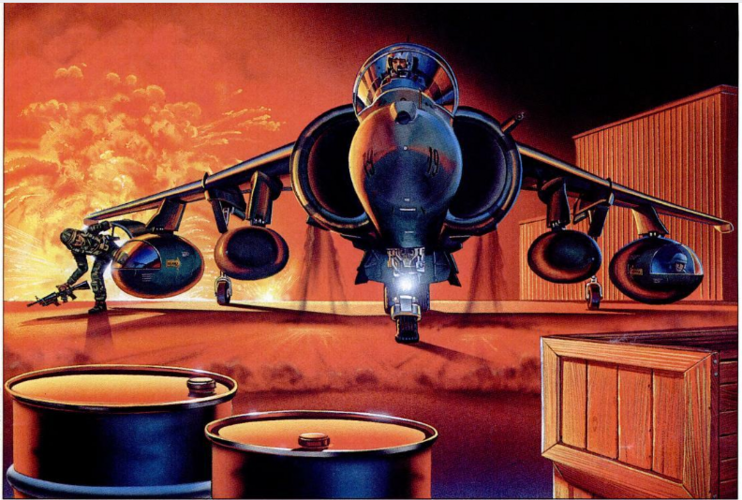
F.L.
ACCESS: Top Secret
Similar threads
-
Fairchild-Republic FR-150 Sea Control Ship (SCS) fighter
- Started by uk 75
- Replies: 11
-
Obscure Harrier variant: MiniCAS for USMC
- Started by stever_sl
- Replies: 24
-
"K.V Shuleikov's VTOL" - Soviet late 1940s VTOL
- Started by Blitzer9856
- Replies: 4
-
-
Fairchild-Hiller N352F "Armed Porter"/OV-12A (1967/68) Query.
- Started by 500 Fan
- Replies: 3

